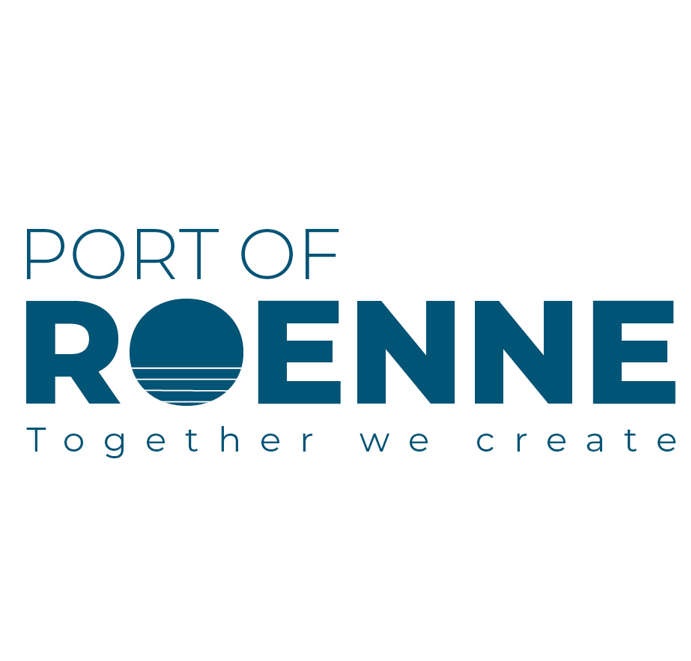SafeSBU
Safe Storage, Bunkering and Usage of Green Fuel
Background
Ports will play a major role in the emerging Power-to-X (P2X) industry in Denmark, as a place of storage and transit for e-fuels (green hydrogen, ammonia, methanol) as well as for ship bunkering. They will therefore become an interface between land and sea but also between different fuels, and between industry and local residents, representing the whole value chain. This new situation means new risk scenarios relating to general health, safety and environment, as well as a need for new skills. Ensuring safety of port operations in the P2X context is paramount, and failure to do so may lead to negative public perception and hinder adoption of green technologies.
The aim of this project is to support fast and safe implementation of P2X in harbours by providing tools promoting best practice for safe storage, bunkering, and usage of P2X fuels at harbours from the gate to the ship, thus contributing to solving mid- and downstream safety challenges and promoting safe sector coupling.


Objectives
- Publish a comprehensive guideline for storage, bunkering, and usage of e-fuels in ports, including safety design processes, use cases, and approval processes to support fast and safe implementation among mid- and downstream stakeholders in ports.
- Propose a training course for e.g., port workers and workers involved in bunkering (storage stations, bunker stations and onboard ships) to ensure they have the necessary skills to handle e-fuels safely.
To understand the role of safety in the public perception of e-fuels, and facilitate a process for open dialogue between the public and industry stakeholders to address potential safety concerns and foster positive public perception of e-fuels.

Expected results/impact
The success criteria for the project includes a reduction of the potential unwanted incidents in relation to health, safety, and environment, increasing public acceptance, as well as shortening the time to market for new green fuels.
Reduced time-to-market and economies of scale:
Investing in standardised approaches to safety design and approval processes, ensuring a skilled workforce, and facilitating a positive public perception supports the fast and safe deployment of P2X technologies.
Increased sustainability and reduced emissions:
Investing time and effort in green fuels and sector coupling can help shipping companies and ports in achieving their sustainability goals and reduce their carbon footprint. This can improve their reputation and competitiveness in a market where climate and sustainability are becoming increasingly important.
Improved reliability and safety:
By establishing a reliable supply chain from port to vessel and transfer of green fuels, shipping companies and ports can improve their operational reliability and safety. This can reduce the risk of disruptions of fuel shortages or safety issues.
Compliance with regulations:
Investing in green fuels and sector coupling can help shipping companies and ports to comply with increasingly strict environmental regulations and achieve influence on future regulations and/or standards.
Positive impact on local communities:
By reducing emissions and improving air quality, investing in green fuels and sector coupling between ports and ships can have a positive impact on the health and well-being of local communities. This can improve the reputation and social license to operate of the project partners.
Budget

8.4 M DKK
Partners

6
Start

November 2023
Duration









